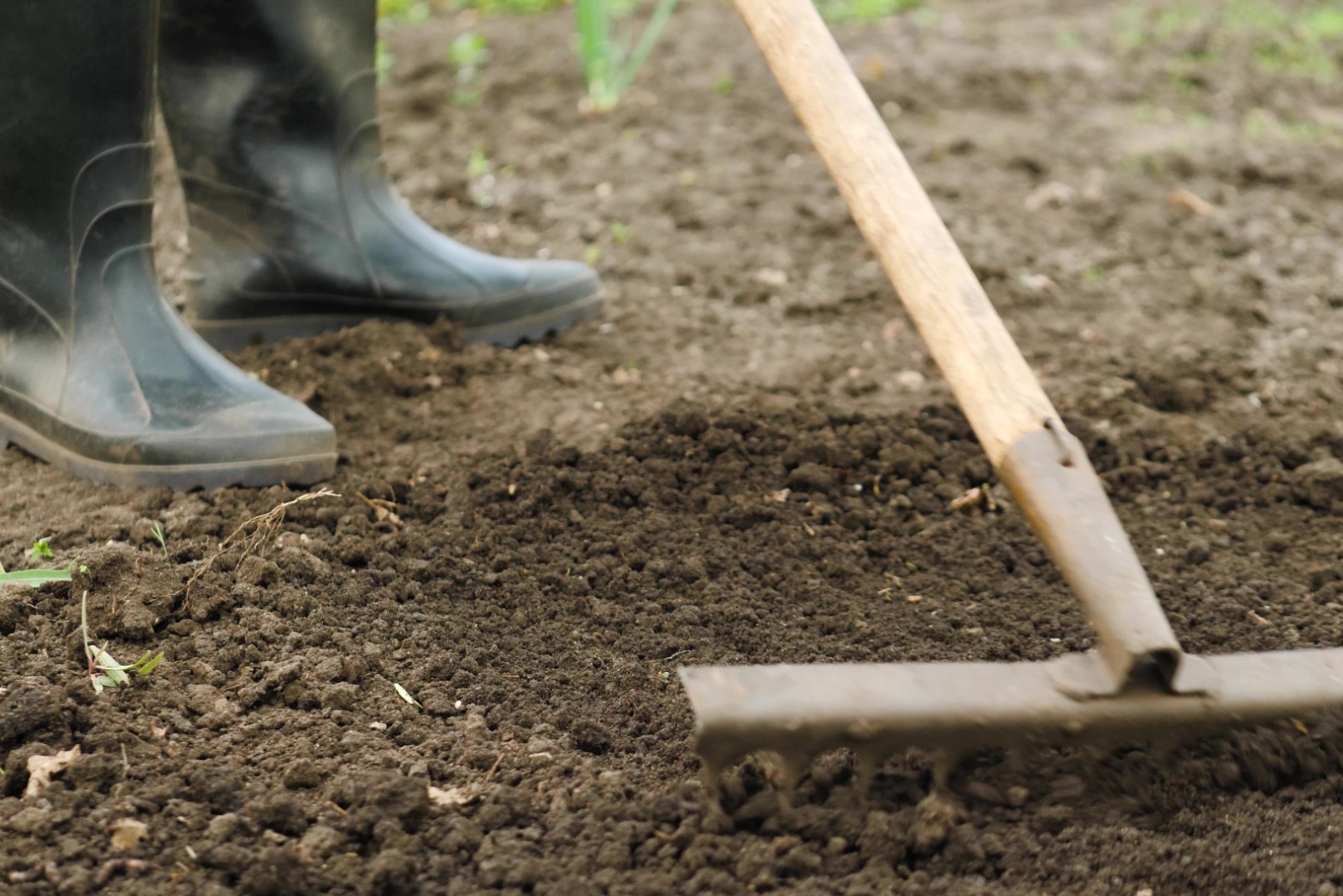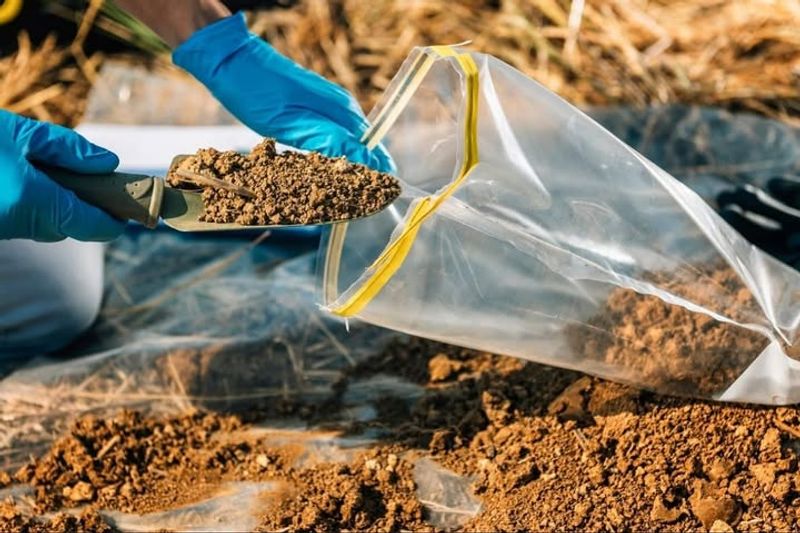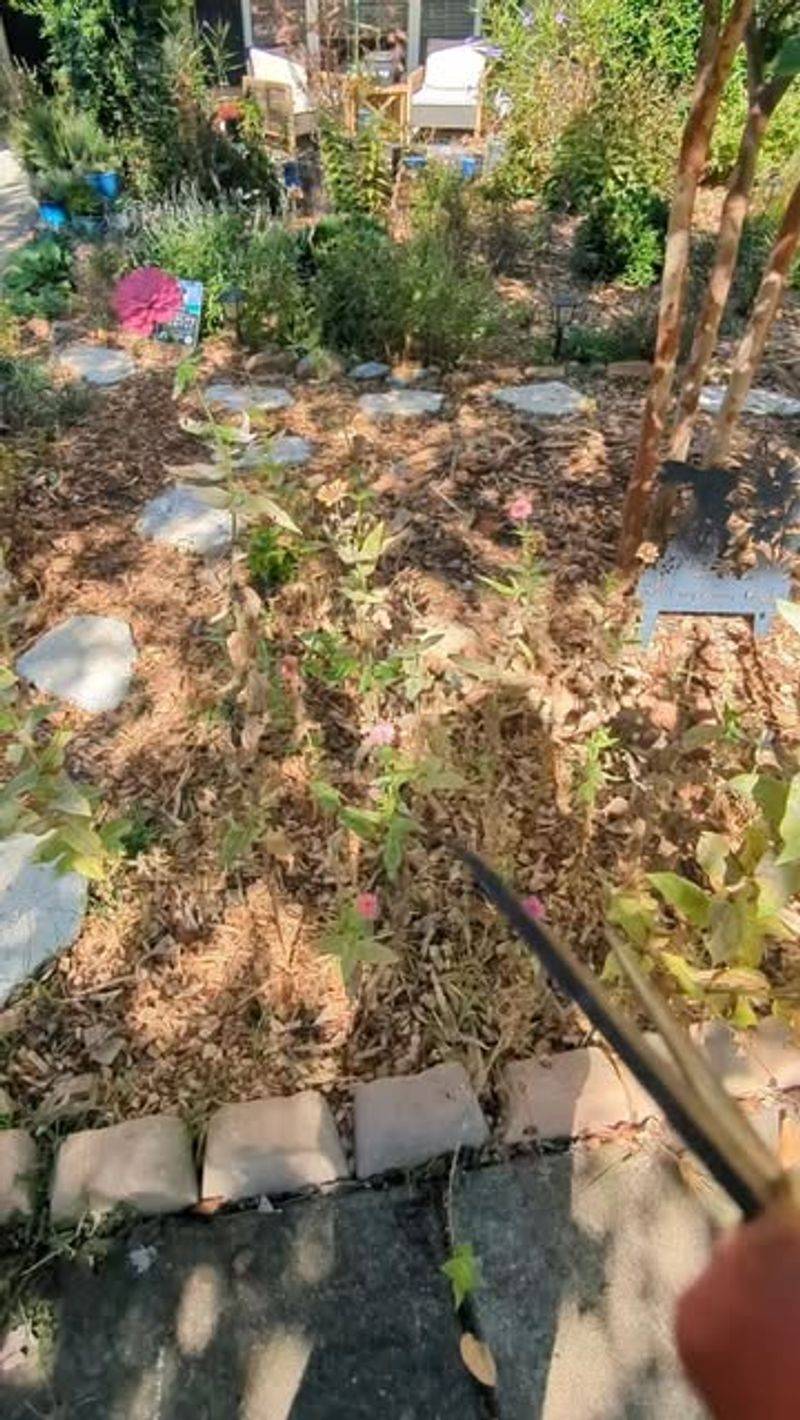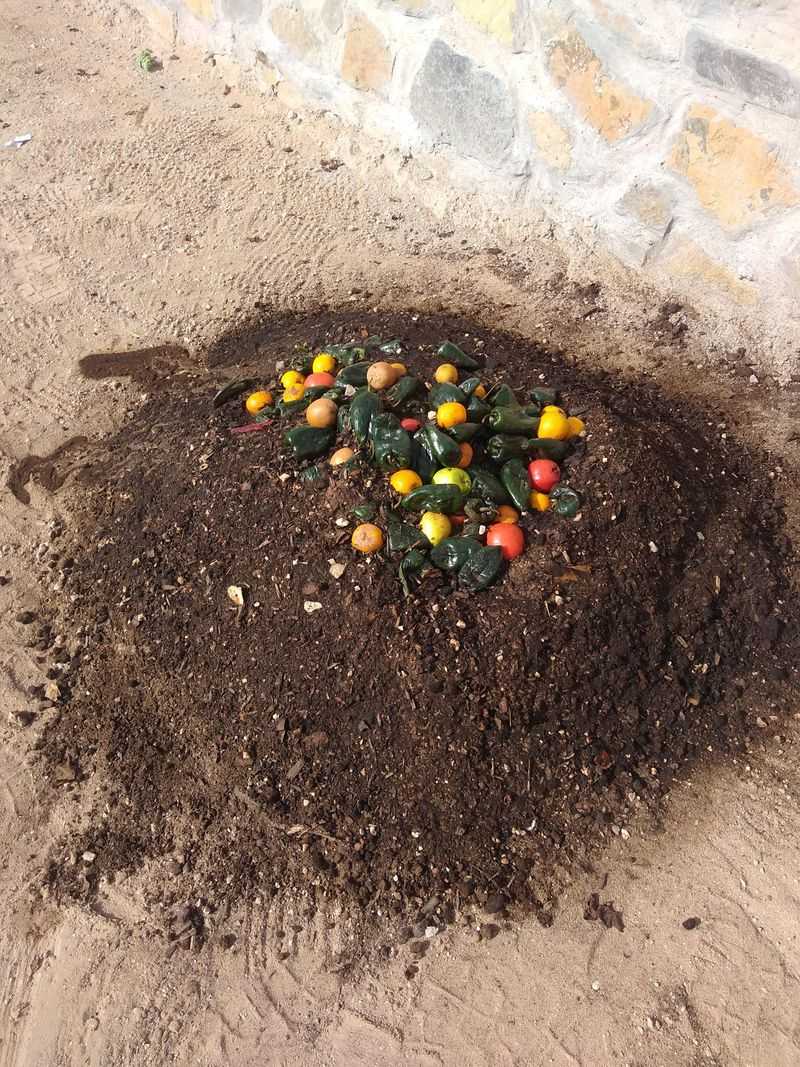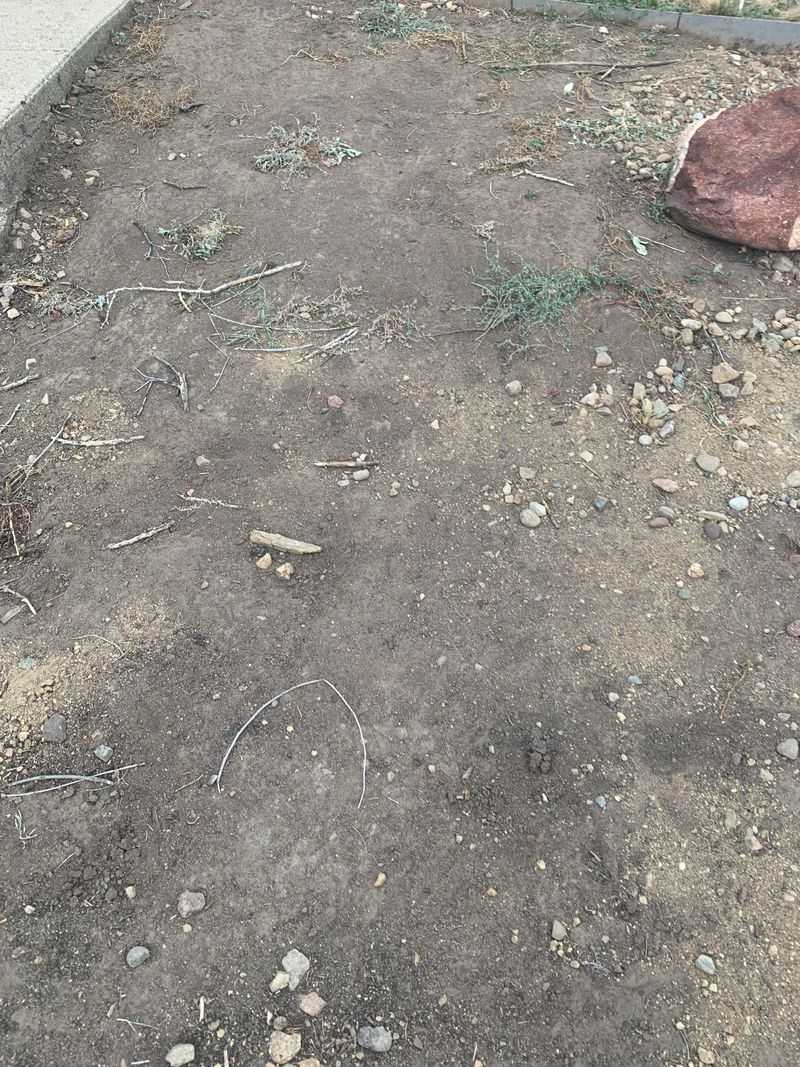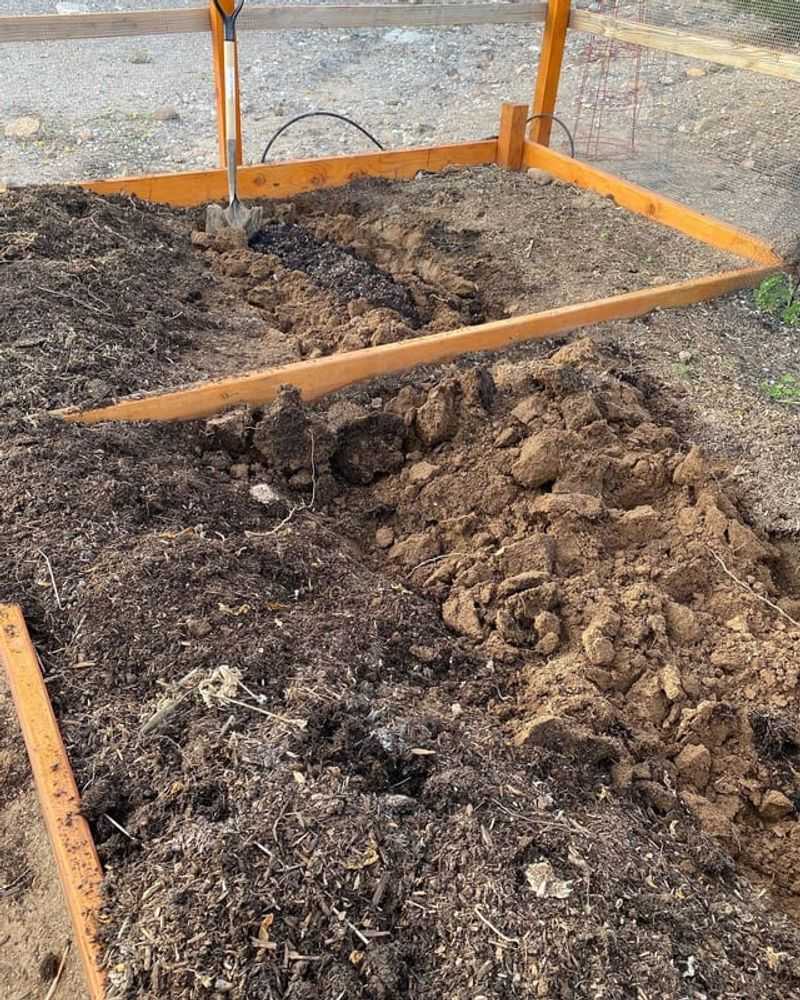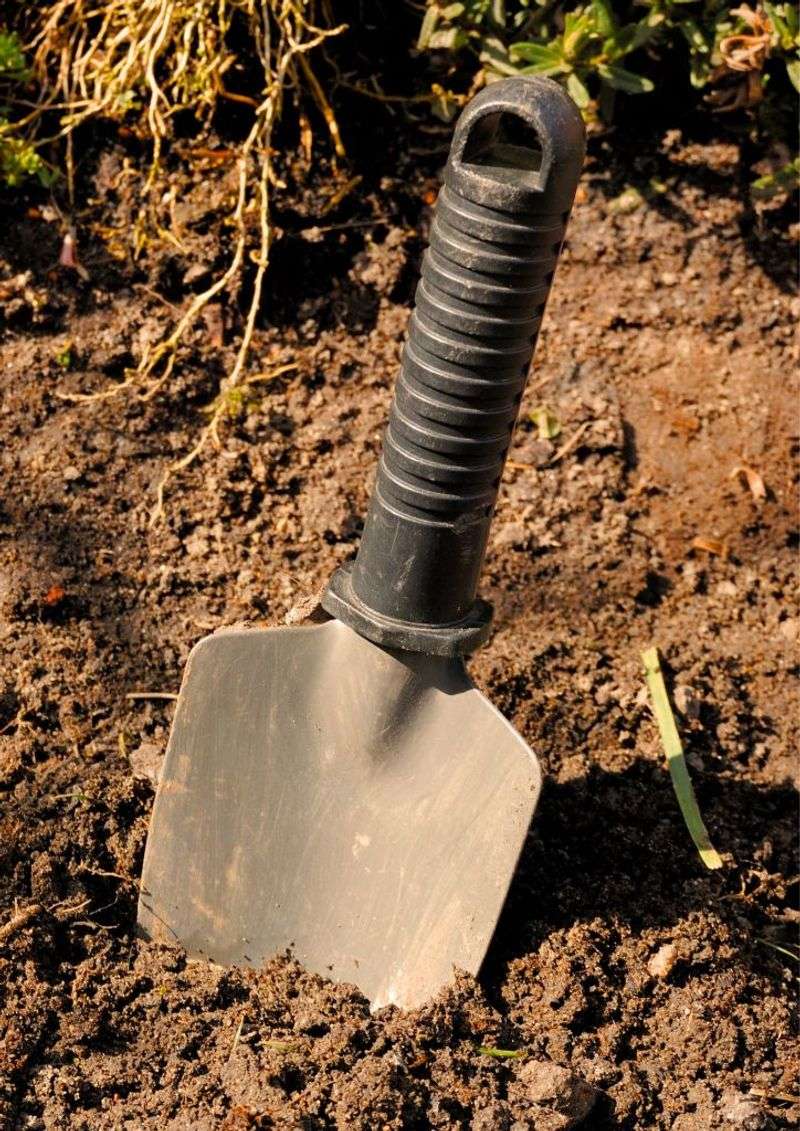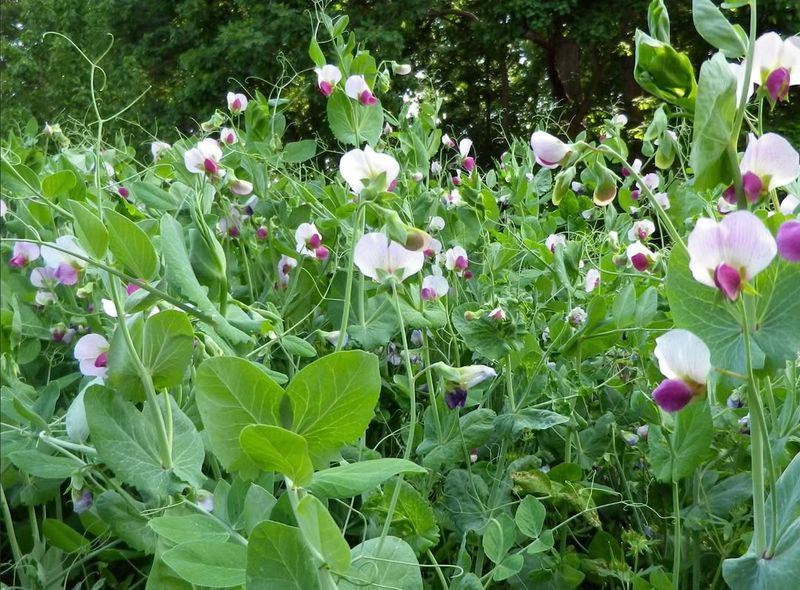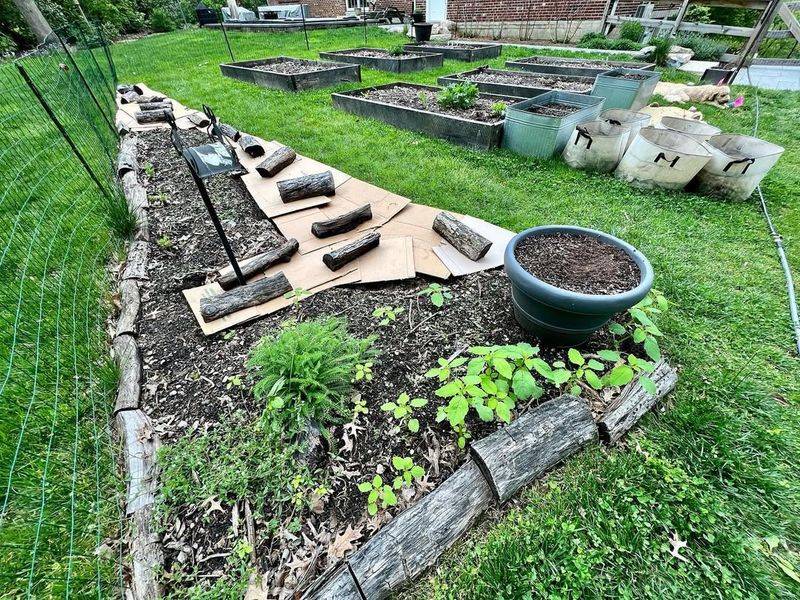Getting your garden ready for spring doesn’t have to wait until the weather warms up. Kentucky gardeners can work on their soil right now to give their plants a huge advantage when planting season arrives.
By preparing the ground during the cooler months, you’ll create the perfect foundation for healthy, thriving vegetables and flowers come springtime.
1. Test Your Soil PH Levels
Before making any changes to your garden, you need to know what you’re working with. A simple soil test reveals whether your dirt is too acidic or too alkaline for the plants you want to grow.
Kentucky’s cooperative extension offices offer affordable testing services that give you detailed results. Most vegetables prefer a pH between 6.0 and 7.0, so knowing your numbers helps you fix problems before planting season.
Testing now gives you plenty of time to adjust the soil properly.
2. Clear Away Dead Plant Material
Old tomato vines, dried-up flowers, and fallen leaves might seem harmless, but they can harbor diseases and pests over winter. Removing this debris now prevents problems from spreading to your spring crops.
Use a rake to gather everything into piles, then add healthy material to your compost bin. Diseased plants should go straight into the trash to avoid contaminating your compost.
A clean garden bed is the first step toward a healthy growing season ahead.
3. Add Organic Compost Generously
Compost works like magic for tired soil, bringing nutrients and beneficial microorganisms that plants absolutely love. Spread a thick layer, about two to four inches, across your entire garden bed right now.
Winter weather will help break down the organic matter, making nutrients available by spring planting time. Homemade compost works wonderfully, but store-bought versions from garden centers are excellent too.
Your plants will reward you with vigorous growth and abundant harvests later on.
4. Turn And Loosen Compacted Earth
Heavy clay soil is common in Kentucky, and it gets rock-hard when compacted from foot traffic or heavy rains. Breaking up these dense clumps now allows air, water, and roots to move freely through the ground.
Use a garden fork or tiller to work the soil when it’s slightly moist but not soggy wet. Turning it over also exposes pest eggs and larvae to cold temperatures that kill them naturally.
Loose soil means stronger, healthier root systems for all your plants.
5. Mix In Aged Manure
Well-rotted manure from horses, cows, or chickens provides incredible nutrition that feeds your soil all season long. Fresh manure burns plants, but aged versions that have sat for several months are perfectly safe to use now.
Work it into the top six inches of your garden bed during winter months. By spring, beneficial bacteria will have transformed it into plant-available nutrients.
Your vegetables will grow bigger and taste better with this natural fertilizer boost.
6. Apply Lime If Needed
Did your soil test show numbers below 6.0? Kentucky’s naturally acidic soil often needs lime to raise the pH to levels that vegetables prefer.
Lime takes several months to fully work its way through the ground, making winter the perfect application time. Spread the amount recommended by your test results evenly across the garden bed.
Proper pH levels unlock nutrients that were trapped in overly acidic conditions, giving plants everything they need to flourish beautifully.
7. Cover Beds With Mulch
A thick blanket of straw, shredded leaves, or wood chips protects your prepared soil from erosion during winter storms. Mulch also prevents weed seeds from germinating and keeps the ground temperature more stable.
Spread about three to four inches across the entire bed, keeping it slightly away from any perennial plant stems.
As it breaks down slowly, it adds even more organic matter to enrich your soil. Come spring, simply pull back the mulch and start planting immediately.
8. Plant Cover Crops
Cover crops like winter rye, crimson clover, or hairy vetch grow during cold months when your garden would otherwise sit empty. Their roots break up hard soil while preventing erosion and weed growth.
Plant seeds in fall, and they’ll grow slowly through winter. Before spring planting, simply cut them down and turn them into the soil as green manure.
This technique adds nitrogen and organic matter while improving soil structure naturally and inexpensively.
9. Mark Your Garden Layout
While your soil rests and improves, take time to plan exactly where each crop will grow in spring. Use stakes and string to mark rows, or draw a detailed map on paper.
Proper spacing prevents overcrowding and ensures each plant gets enough sunlight and nutrients. Planning crop rotation now helps avoid planting the same vegetable family in the same spot year after year.
Good organization leads to easier maintenance and better harvests throughout the entire growing season.

